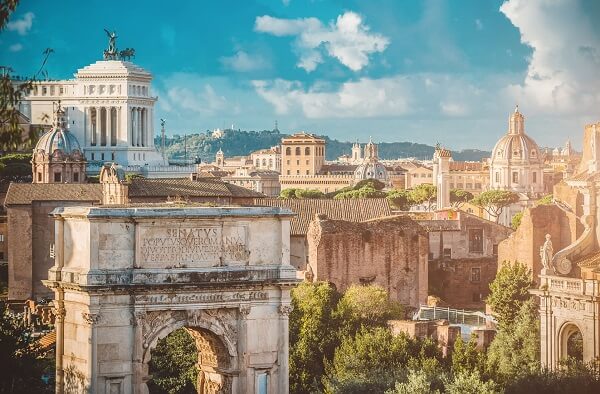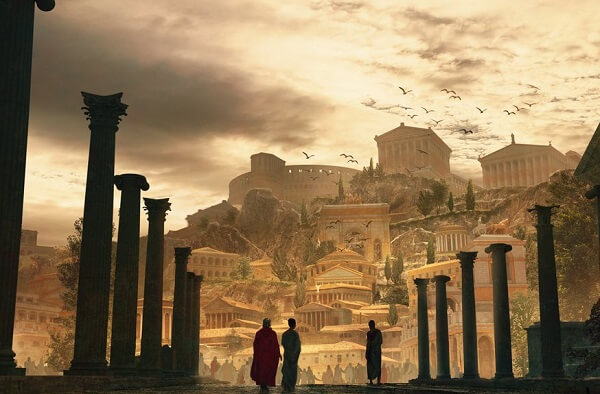The Start of the Empire

Before the Empire, the Roman Republic existed, governing the land for 500 years. The Republic, first situated in Rome expanded out to the rest of Italy and then to North Africa and the Mediterranean. It is hard to trace the wars and success the Romans had during the Republic as historical writing in Rome didn’t start until the late 3rd century BC. What we do know, however, is that the Republic’s authority soon started to fade due to its incapability to adjust to its expanding power. With the overwhelming difference between the rich and the poor, a new practice took place where the army was paid with gold. This resulted in soldiers no longer fighting for the republic, but rather for their generals. Julius Caesar, a military leader, took this opportunity and seized control, becoming dictator of Rome and dismantling the government. This is what initiated the beginning of the Roman Empire. Caesar’s order to the Senate to make him dictator for life was the last straw, resulting in his assassination in 44 BC. However, the senator’s plan was all in vain as the crumbling Roman Republic finally died along with Caesar, transforming the entire expanse into the Roman Empire. It was Caesar’s adopted son Octavian who replaced him as leader of the Empire, becoming to be known as Emperor Augustus, igniting a period of peace and authority across Rome and the rest of the Empire (Pax Romana). This period also saw the peak of Roman power, controlling the North African Coast, Egypt, Southern Europe, most of Western Europe, the Balkans, Crimea, and much of the Middle East, including Anatolia, Levant, and parts of Mesopotamia and Arabia. With the vastness of their reign, scholars have split the Roman Empire into Western and Eastern making it easier to follow the Empire’s developments and its collapse.
The End of the Empire

The Empire is famous worldwide as one of the greatest civilizations in history. But it is also famed for its end, famously named ‘The Fall of Rome.’ There are many different factors that contributed to its end, all blending together to create the unstable ruling that let Rome crumble. The Empire’s military for example, once a domineering army, became a draining factor. Military spending was astronomical, which left little money for anything else in the empire. The loss in battles resulted in more soldiers being hired to maintain control over the land, with more and more money spent. But even with this higher investment, the number of battles lost grew and the control over lands lessened, causing more vulnerability, particularly to the Western Empire. Due to military spending, slavery was a key factor in keeping the Empire afloat. However, new laws banned slavery, which increased unemployment and decreased the Empire’s finance even more. The hardships caused people to stir with unrest, and with a new religion being introduced, more and more civilians lost their faith in the Emperor, who was once seen as a God and turned to Christianity instead. The people’s fading hope in the Emperor led to corruption and political dispute, weakening the Empire from within. Emperors were constantly murdered and replaced, with the Senate attempting to gain more control.
